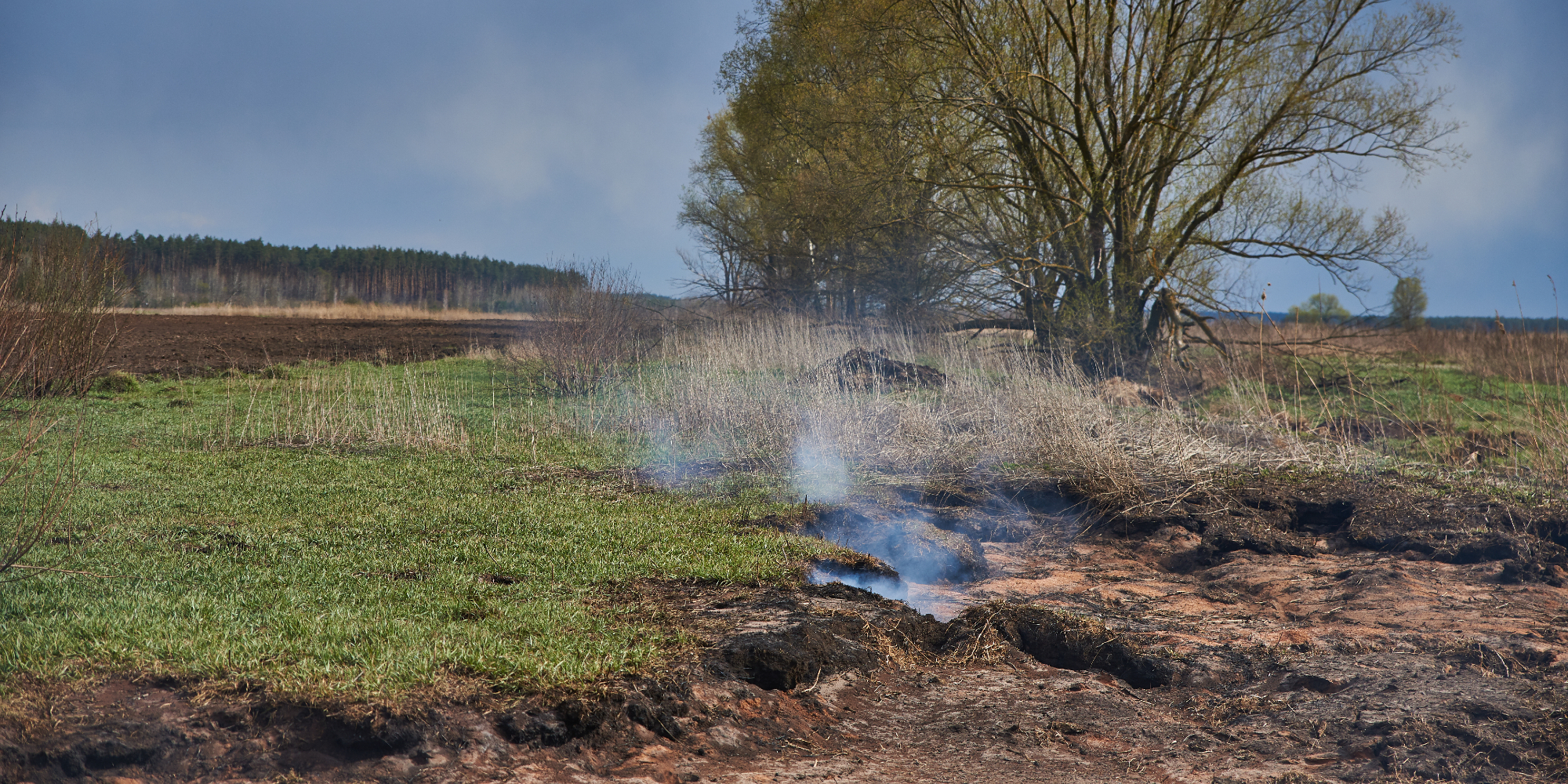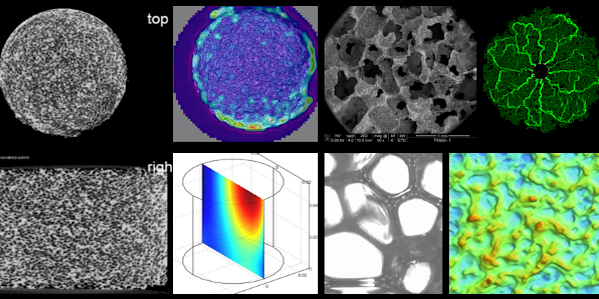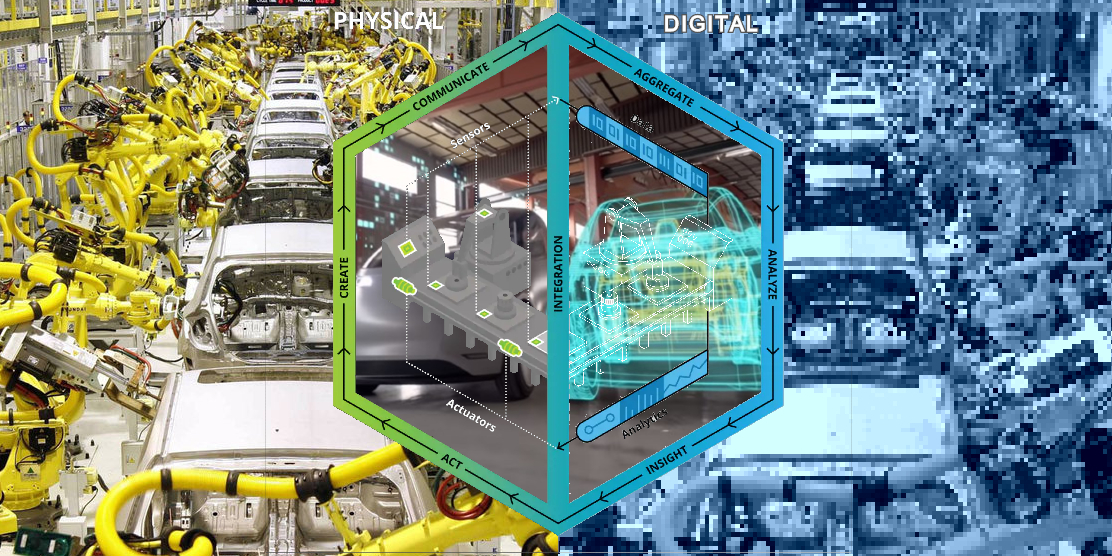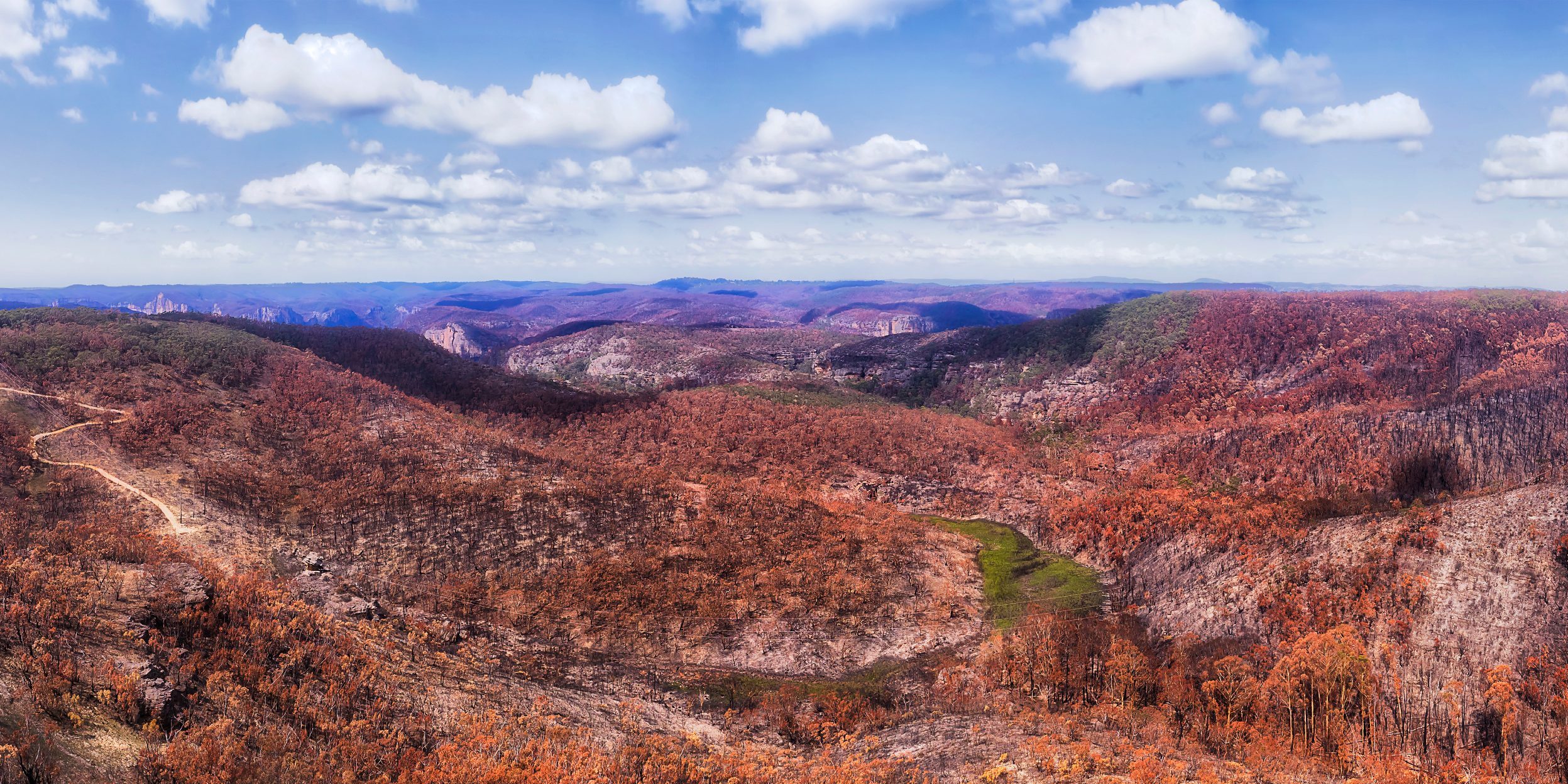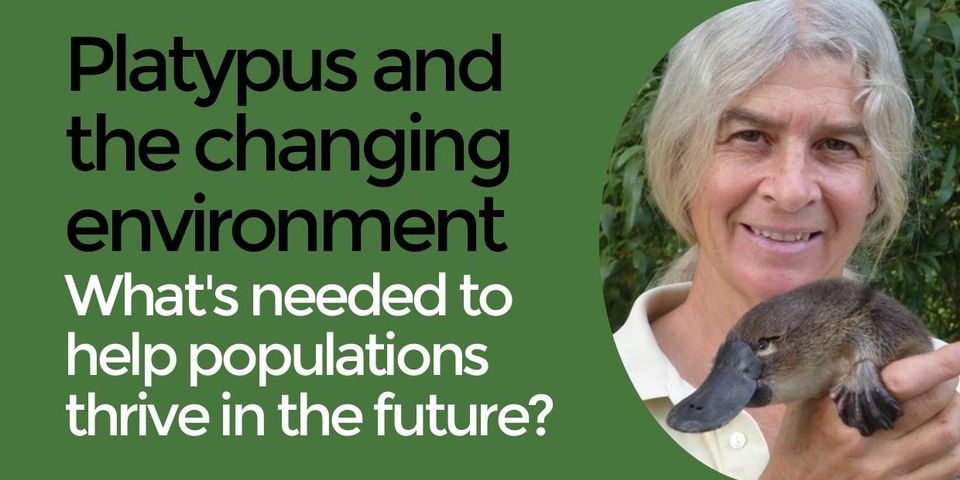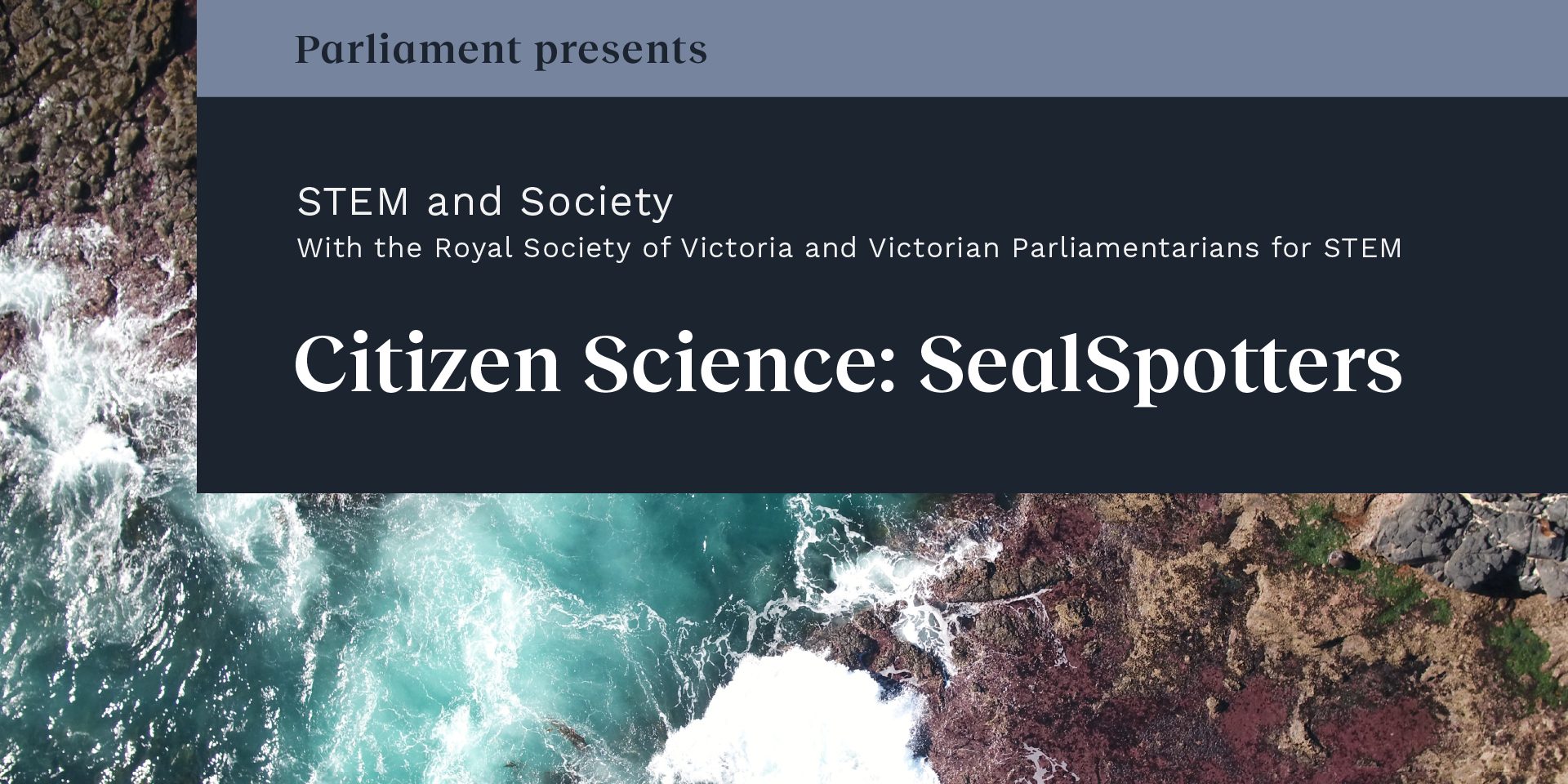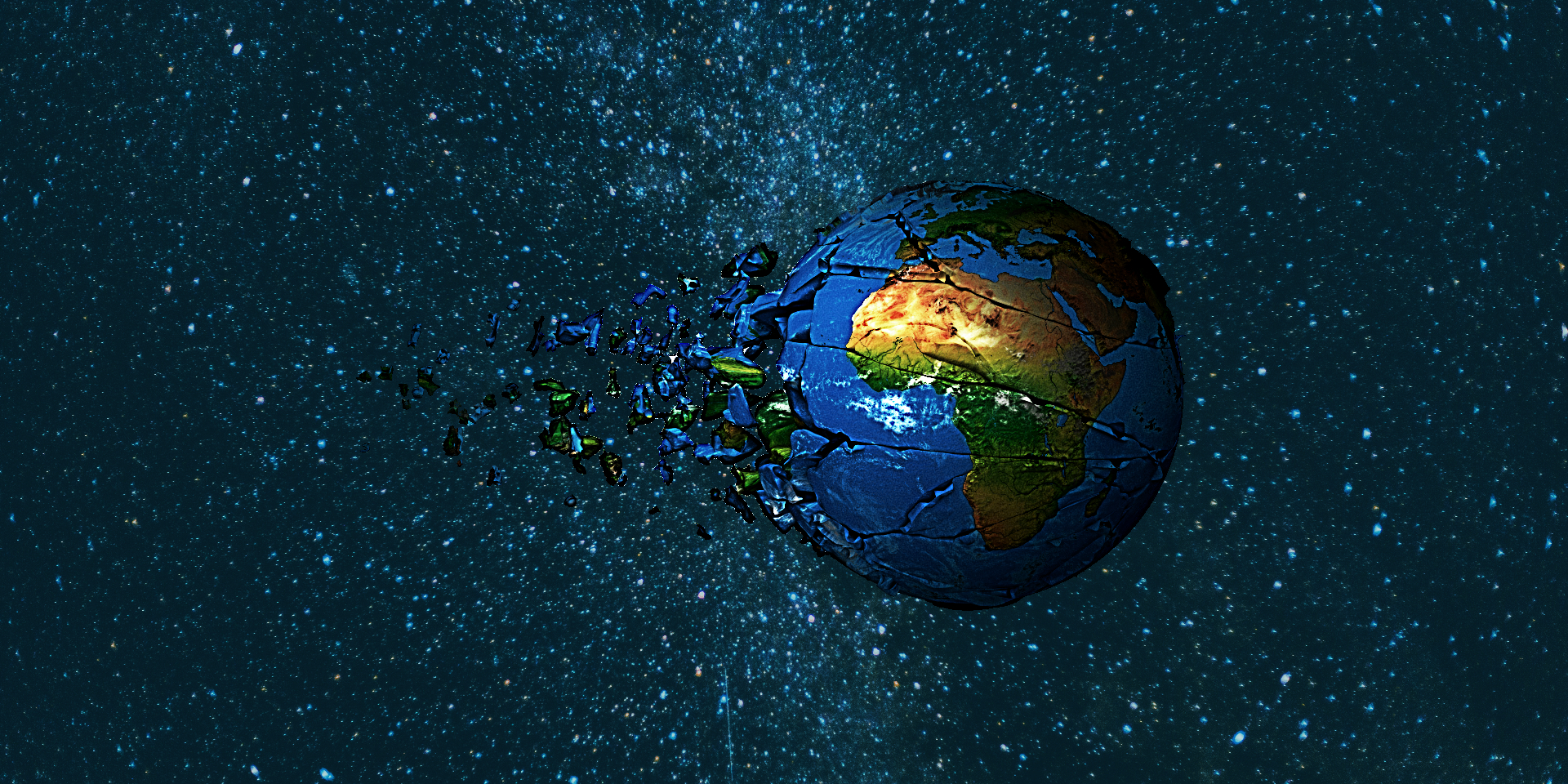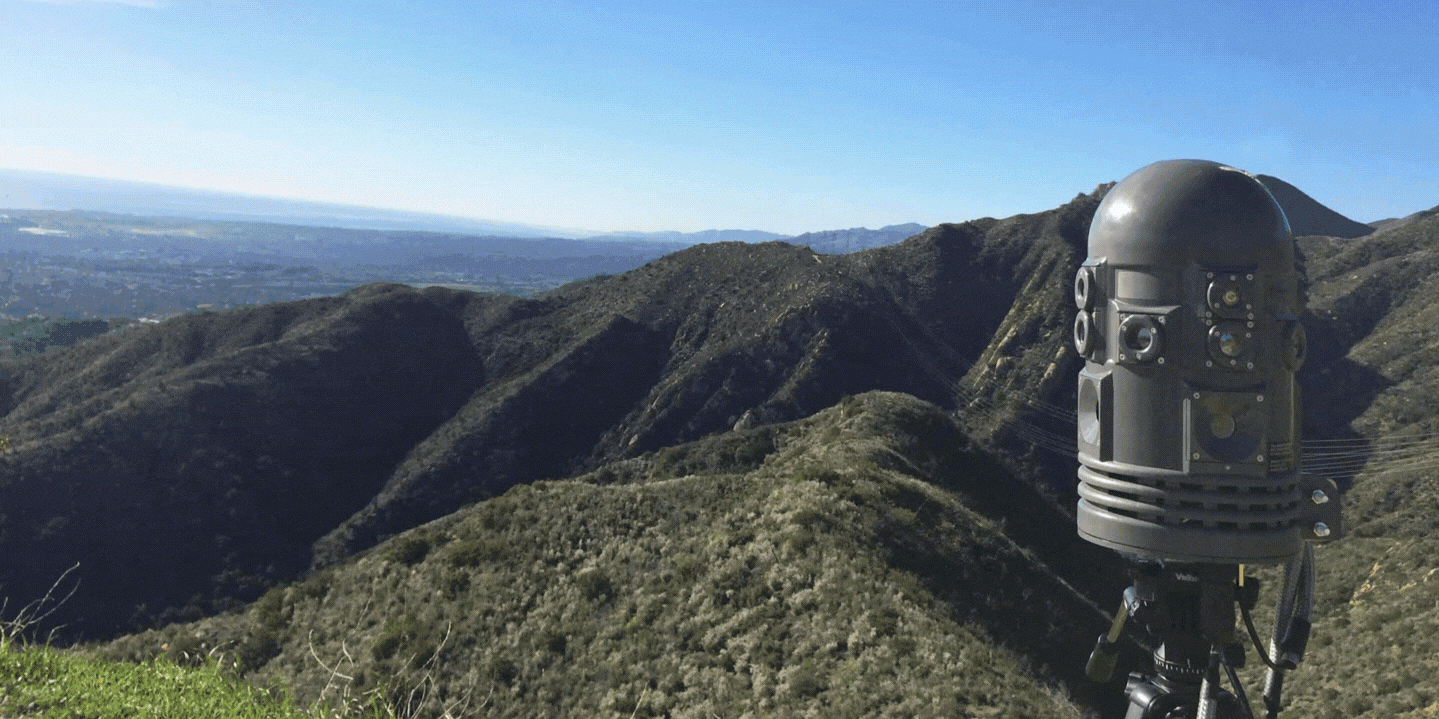Spinning Yarns
We've asked four scholars, scientists and seekers of a better world: What's keeping you off the streets, and up at night? The unsurprising answer is that a life of enquiry is never short of things to do! Throughout Victoria's 2020 pandemic lockdowns, our speakers have dauntlessly continued their labours, producing scientific work for the public good, campaigning for a brighter future informed by scientific knowledge, or dutifully preserving the beautiful legacy of scientific instrumentation from earlier times, holding something of the story of long-gone people rising to the challenges of their own times.


